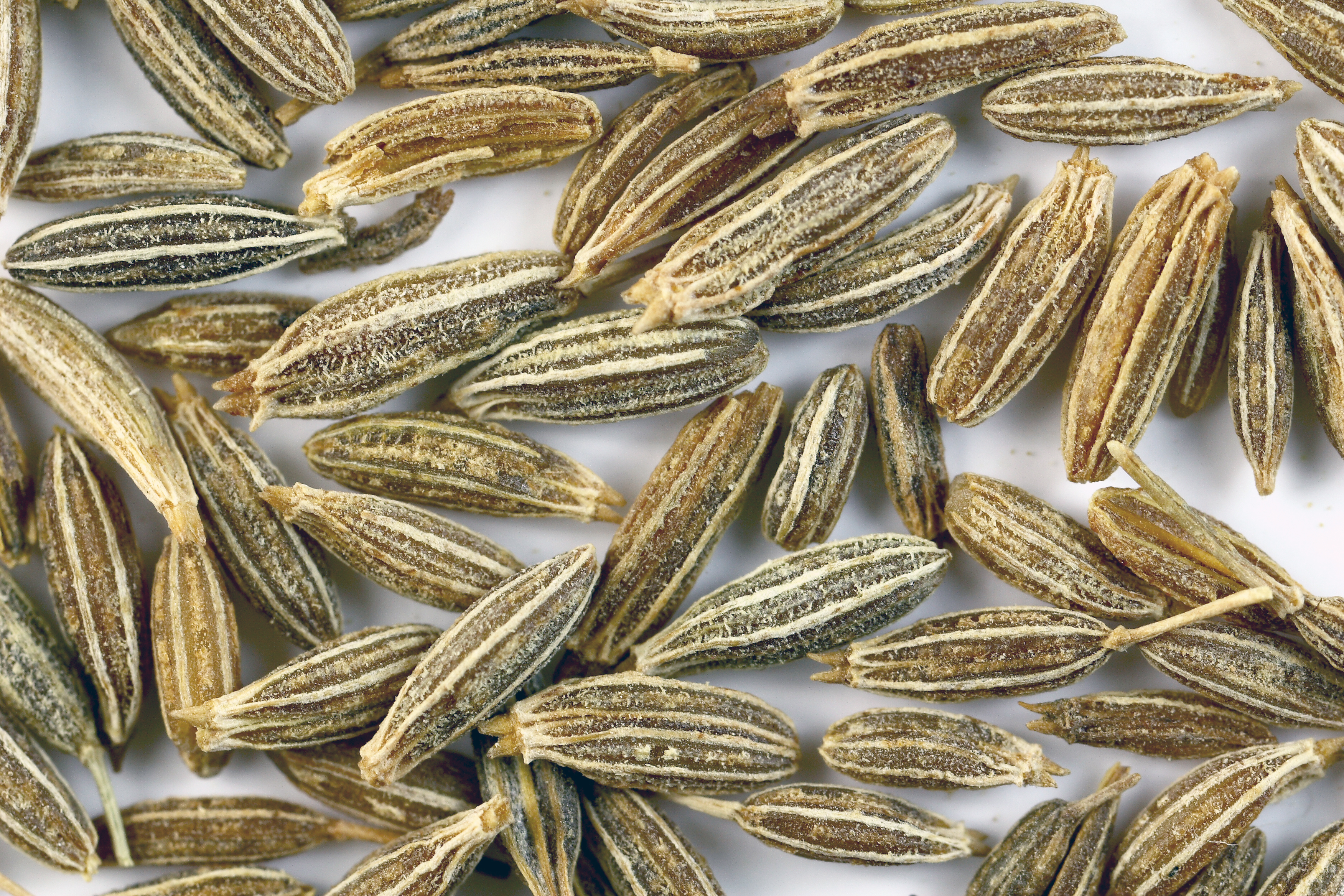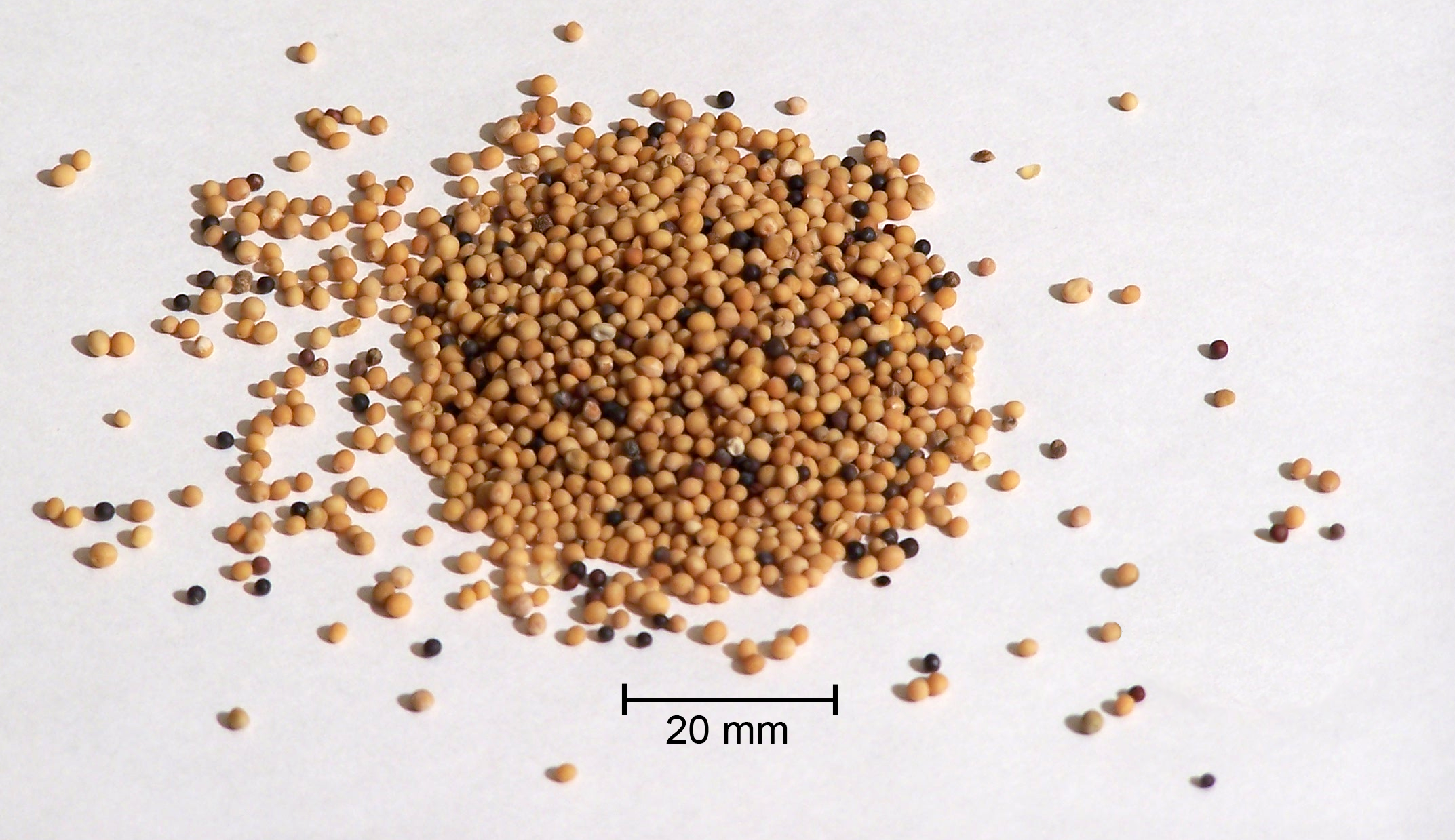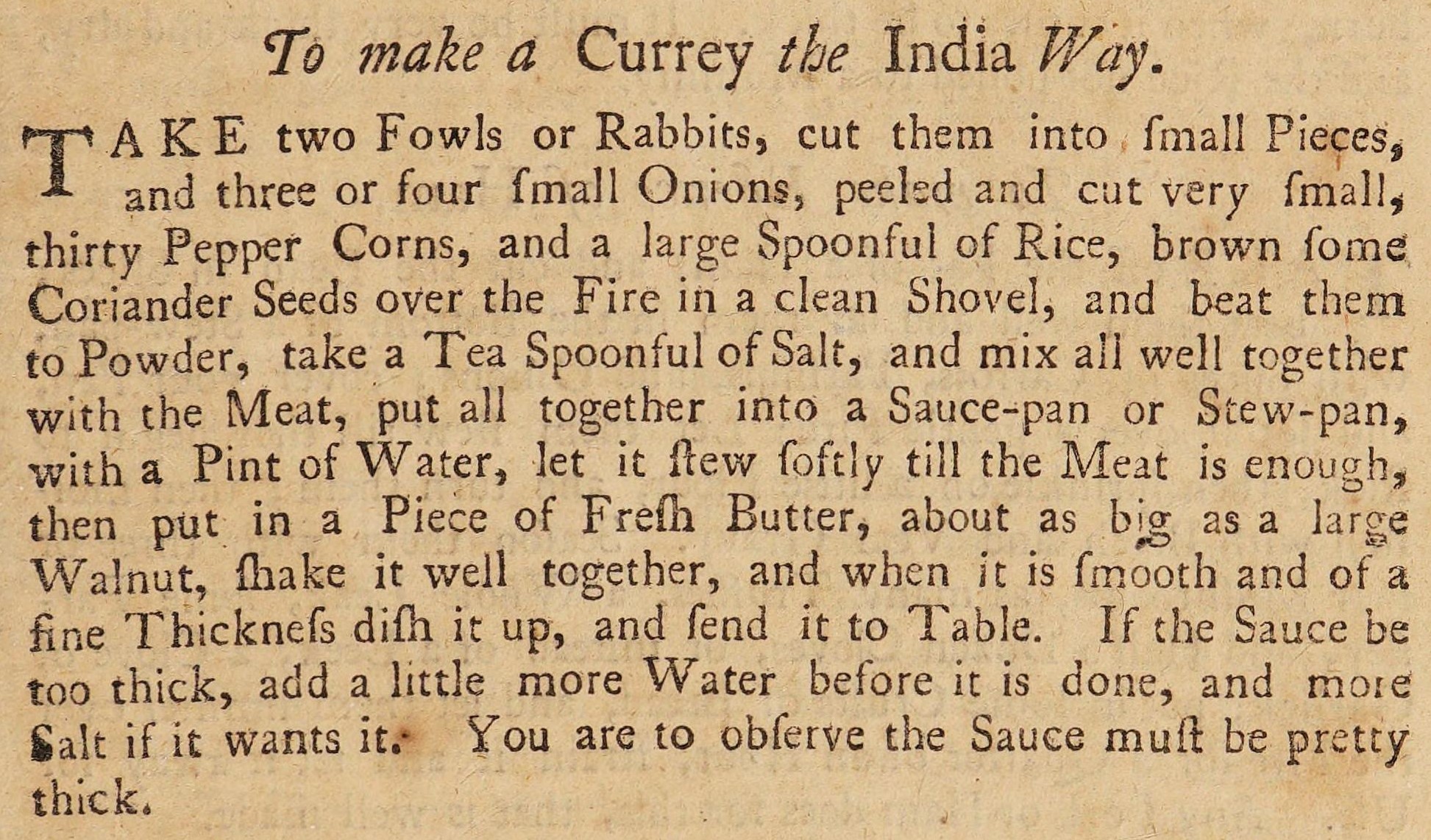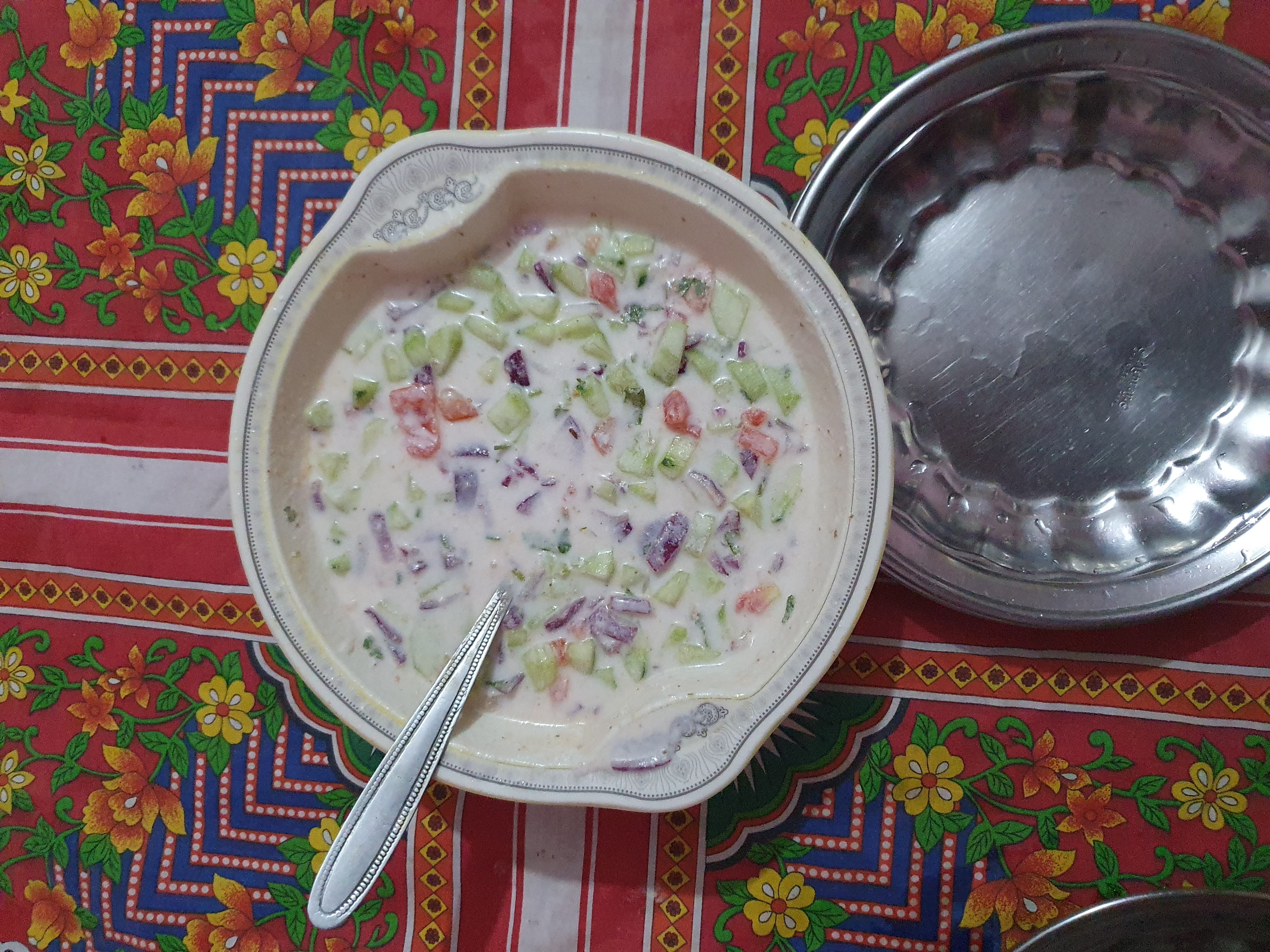|
Kichadi
Kichadi ( ml, കിച്ചടി) is another name for Pachadi used in some parts of Kerala, for the sour variant of the dish. A sour dish made of curd, ground cumin paste and either cucumber, ash gourd or white gourd, with sautéed mustard seeds and curry leaves as garnish. Kichadi is often served as part of the Sadhya. It is somewhat similar to the Raita served in North India, with the difference being the seasoning with mustard and curry leaves. ''Kichadi is not to be confused with Khichdi''. The Kichadi forms a part of the Keralite feast known as Sadhya, which is quite popular during festivals such as Onam and Vishu. See also * Cuisine of Kerala * Sadya Sadya ( ml, സദ്യ) is a meal of Kerala origin and of importance to all Malayalis, consisting of a variety of traditional vegetarian dishes usually served on a banana leaf in Kerala as lunch. Sadya means banquet in Malayalam. Sadya is ... References Kerala cuisine {{India-cuisine-stub ... [...More Info...] [...Related Items...] OR: [Wikipedia] [Google] [Baidu] |
Sadhya
Sadya ( ml, സദ്യ) is a meal of Kerala origin and of importance to all Malayalis, consisting of a variety of traditional vegetarian dishes usually served on a banana leaf in Kerala as lunch. Sadya means banquet in Malayalam. Sadya is typically served as a traditional feast for Onam, the state festival of Kerala and Vishu. Overview A typical Sadya can have about 24–28 dishes served as a single course. In cases where it is a much larger one it can have over 64 or more items, such as the Sadya for Aranmula Boatrace (Valla Sadya). During a traditional Sadya celebration, people are seated cross-legged on mats. Food is eaten with the right hand, without cutlery. The fingers are cupped to form a ladle. The main dish is plain boiled rice, served along with other curries, ''Koottaan'' (കൂട്ടാന്) which include curries like parippu, sambar, rasam, and others like , , , , , , , , mango pickle, injipuli, mezhukkupuratti, , as well as papadam, plantain chi ... [...More Info...] [...Related Items...] OR: [Wikipedia] [Google] [Baidu] |
Khichdi
''Khichdi'' or ''khichri'' (, , , , Odia: ଖେଚୁଡି) is a dish in South Asian cuisine made of rice and lentils (''dal'') with numerous variations. Variations include ''bajra'' and mung ''dal'' ''khichri''. In Indian culture, in several regions, especially in the northern areas, it is considered one of the first solid foods that babies eat. See ''MasterChef'' (American season 6) ''Khichri'' is a salty porridge. ''Dalia'' is another similar sweet porridge made from the crushed wheat or barley mixed with sugar and milk. Etymology and spelling The word ''Khichdī'' is derived from Sanskrit ', a dish of rice and legumes. Some divergence of transliteration may be noted in the third consonant in the word ''khicṛī''. The sound is the retroflex flap , which is written in Hindi with the Devanagari letter ⟨⟩, and in Urdu script with the Perso-Arabic letter ⟨⟩. In Hindustani phonology, the etymological origin of the retroflex flap was when it occurred betw ... [...More Info...] [...Related Items...] OR: [Wikipedia] [Google] [Baidu] |
Onam
Onam ( ) is an annual Indian harvest festival celebrated predominantly by the Hindus of Kerala. A major annual event for Keralites, it is the official festival of the state and includes a spectrum of cultural events. Onam commemorates Vamana and King Mahabali. According to Hindu legends, Onam is celebrated in Kerala in remembrance of the good governance under the rule of daitya king Mahabali, a mythical king who once ruled Kerala. The legend holds that jealous of Mahabali's popularity and his power, the devas and gods conspired to end his reign. They sent Vamana to earth in the form of a dwarf Brahmin who trampled Mahabali to patala (netherworld). Vamana asked Mahabali for three feet of land as his wish from the generous Mahabali. Since denying gifts to Brahmin is considered a sacrilege, Mahabali agreed to fulfill Vamana’s wish. In the first two feet Vamana measured the entirety of universe, leaving nowhere to place his third foot. Mahabali offered his own head to place h ... [...More Info...] [...Related Items...] OR: [Wikipedia] [Google] [Baidu] |
Sadya
Sadya ( ml, സദ്യ) is a meal of Kerala origin and of importance to all Malayalis, consisting of a variety of traditional vegetarian dishes usually served on a banana leaf in Kerala as lunch. Sadya means banquet in Malayalam. Sadya is typically served as a traditional feast for Onam, the state festival of Kerala and Vishu. Overview A typical Sadya can have about 24–28 dishes served as a single course. In cases where it is a much larger one it can have over 64 or more items, such as the Sadya for Aranmula Boatrace (Valla Sadya). During a traditional Sadya celebration, people are seated cross-legged on mats. Food is eaten with the right hand, without cutlery. The fingers are cupped to form a ladle. The main dish is plain boiled rice, served along with other curries, ''Koottaan'' (കൂട്ടാന്) which include curries like parippu, sambar, rasam, and others like , , , , , , , , mango pickle, injipuli, mezhukkupuratti, , as well as papadam, plantain chi ... [...More Info...] [...Related Items...] OR: [Wikipedia] [Google] [Baidu] |
Pachadi
Pachadi ( te, పచ్చడి, kn, ಪಚಡಿ, ta, பச்சடி, ml, പച്ചടി) refers to a traditional South Indian fresh pickle served as a side dish. Broadly translated, it refers to food which has been pounded. In Andhra Pradesh, Telangana, Karnataka, Kerala and Tamil Nadu, pachadi is a side dish curry similar to the North Indian raita, and is made with vegetable, yoghurt, coconut, ginger and curry leaves and seasoned with mustard. Pachadi generally is a hot or mildly spiced coconut, green chillies, red chillies and yogurt-based dish made with seasonal vegetables or fruits. It is made of fresh vegetables and is served as an accompaniment for rice and for snacks like idli, dosa, and pesarattu. Many kinds of vegetables are included. Sometimes the peel of a vegetable is used, such as the peel of the ridged gourd, known as ' in Telugu. Varieties In Andhra Pradesh and Telangana * Vegetable pachadi is made with vegetables like bottle gourd, aubergine, and ... [...More Info...] [...Related Items...] OR: [Wikipedia] [Google] [Baidu] |
Curd
Curd is obtained by coagulating milk in a sequential process called curdling. It can be a final dairy product or the first stage in cheesemaking. The coagulation can be caused by adding rennet or any edible acidic substance such as lemon juice or vinegar, and then allowing it to coagulate. The increased acidity causes the milk proteins (casein) to tangle into solid masses, or ''curds''. Milk that has been left to sour (raw milk alone or pasteurized milk with added lactic acid bacteria) will also naturally produce curds, and sour milk cheeses are produced this way. Producing cheese curds is one of the first steps in cheesemaking; the curds are pressed and drained to varying amounts for different styles of cheese and different secondary agents (molds for blue cheeses, etc.) are introduced before the desired aging finishes the cheese. The remaining liquid, which contains only whey proteins, is the whey. In cow's milk, 90 percent of the proteins are caseins. Curds can be used i ... [...More Info...] [...Related Items...] OR: [Wikipedia] [Google] [Baidu] |
Cumin
Cumin ( or , or Article title ) (''Cuminum cyminum'') is a in the , native to the . Its seeds – each one contained within a fruit, which is dried – are used in the |
Cucumber
Cucumber (''Cucumis sativus'') is a widely-cultivated Vine#Horticultural climbing plants, creeping vine plant in the Cucurbitaceae family that bears usually cylindrical Fruit, fruits, which are used as culinary vegetables.Cucumber " ''Encyclopædia Britannica''. [1998] 2019. Considered an annual plant, there are three main varieties of cucumber—slicing, Pickled cucumber, pickling, and Seedless fruit, seedless—within which several cultivars have been created. The cucumber originates from South Asia, but now grows on most continents, as many different types of cucumber are traded on the global market. In North America, the term ''wild cucumber'' refers to plants in the Genus, genera ''Echinocystis'' and ''Marah (plant), Marah'', though the two are not closely related. Description The cucumber is a Vine# ...[...More Info...] [...Related Items...] OR: [Wikipedia] [Google] [Baidu] |
Mustard Seed
Mustard seeds are the small round seeds of various mustard plants. The seeds are usually about in diameter and may be colored from yellowish white to black. They are an important spice in many regional foods and may come from one of three different plants: black mustard (''Brassica nigra''), brown mustard ('' B. juncea''), or white mustard (''Sinapis alba''). Grinding and mixing the seeds with water, vinegar or other liquids creates the yellow condiment known as prepared mustard. Regional use Mustard seeds are used as a spice in the South Asia. The seeds are usually fried until they pop. The leaves are also stir-fried and eaten as a vegetable. Mustard oil is used for body massage during extreme winters, as it is thought to keep the body warm. In South Asian cuisine mustard oil or ''shorsher tel'' is the predominant cooking medium. Mustard seeds are also essential ingredients in spicy fish dishes like ''jhaal'' and ''paturi''. A variety of pickles consisting mainly of mangoe ... [...More Info...] [...Related Items...] OR: [Wikipedia] [Google] [Baidu] |
Curry Leaves
A curry is a dish with a sauce seasoned with spices, mainly associated with South Asian cuisine. In southern India, leaves from the curry tree may be included. There are many varieties of curry. The choice of spices for each dish in traditional cuisine depends on regional cultural tradition and personal preferences. Such dishes have names that refer to their ingredients, spicing, and cooking methods. Outside the Indian subcontinent, a curry is a dish from Southeast Asia which uses coconut milk or spice pastes, commonly eaten over rice. Curries may contain fish, meat, poultry, or shellfish, either alone or in combination with vegetables. Others are vegetarian. Dry curries are cooked using small amounts of liquid, which is allowed to evaporate, leaving the other ingredients coated with the spice mixture. Wet curries contain significant amounts of sauce or gravy based on broth, coconut cream or coconut milk, dairy cream or yogurt, or legume purée, sautéed crushed onion, o ... [...More Info...] [...Related Items...] OR: [Wikipedia] [Google] [Baidu] |
Raita
Raita is a side dish in Indian cuisine made of dahi (yogurt, often referred to as curd) together with raw or cooked vegetables, more seldom fruit, or in the case of boondi raita, with fried droplets of batter made from besan (chickpea flour, generally labeled as gram flour). The closest approximation in western cuisine is a side dish or dip, or a cooked salad. It is often referred to as a condiment, but unlike traditional western condiments like salt, pepper, mustard and horseradish that make dishes more spicy, a dish of dahi or raita has a cooling effect to contrast with spicy curries and kebabs that are the main fare of some Asian cuisines. In Indian cuisine, some type of flatbread may be eaten together with raita, chutneys and pickles. The yogurt may be seasoned with coriander, roasted cumin seeds, mint, cayenne pepper, chaat masala and other herbs and spices. Etymology The word ''raita'' first appeared in print around the 19th century; it comes from the Hindi languag ... [...More Info...] [...Related Items...] OR: [Wikipedia] [Google] [Baidu] |


.jpg)

.jpg)



